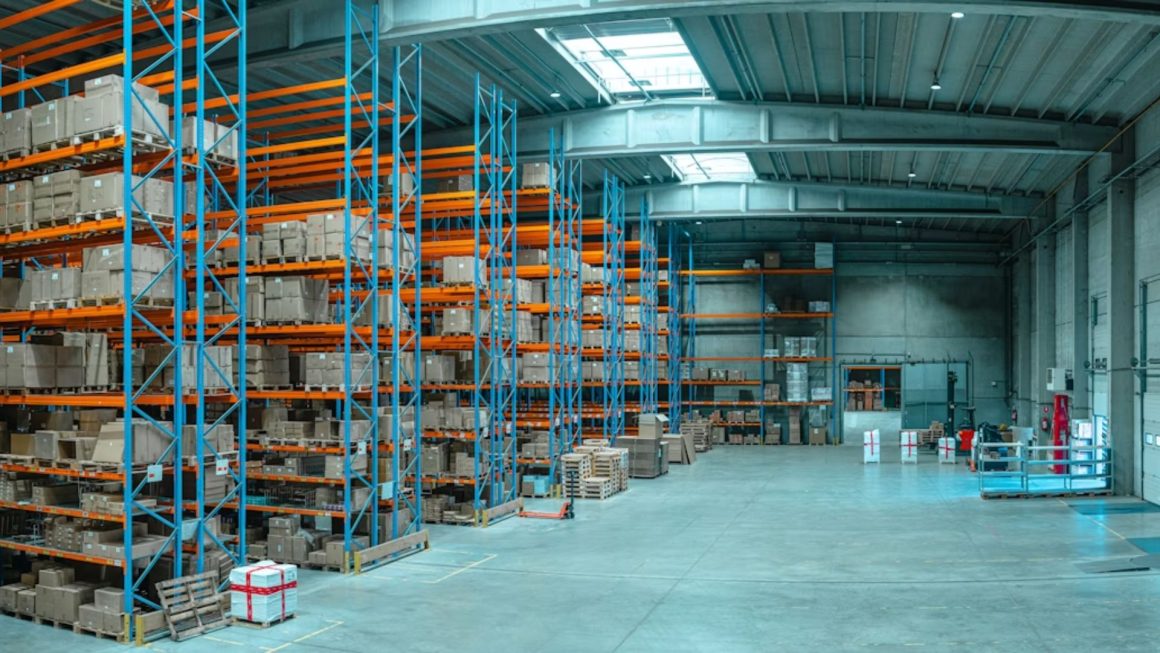Supply chains are the backbone of global commerce, connecting businesses to raw materials, manufacturing, and customers. However, in an increasingly interconnected world, supply chains face growing risks—from geopolitical tensions and natural disasters to pandemics and cyberattacks. Building resilience in supply chains is no longer optional; it’s essential for sustaining operations, protecting revenue, and maintaining customer trust. This article examines how businesses can create robust and adaptable supply chains to navigate the complexities of a globalized economy.
The Vulnerabilities of Global Supply Chains
The global nature of supply chains, while efficient, also exposes businesses to a myriad of risks. Common vulnerabilities include:
- Geopolitical Instability:
Trade wars, sanctions, and regulatory changes can disrupt supply routes and increase costs. - Natural Disasters and Climate Change:
Hurricanes, wildfires, and other environmental events can halt production and delay deliveries. - Pandemics and Health Crises:
The COVID-19 pandemic highlighted the fragility of global supply chains, causing widespread disruptions in manufacturing and logistics. - Cybersecurity Threats:
As supply chains become digitized, they are increasingly targeted by cyberattacks, threatening data integrity and operational continuity.
These challenges underscore the need for proactive strategies to enhance supply chain resilience.
Strategies for Building Resilient Supply Chains
- Diversify Suppliers and Production Locations
Relying on a single supplier or region can create bottlenecks during disruptions. Businesses should:- Source materials from multiple suppliers in different geographic locations.
- Consider nearshoring or reshoring critical production to reduce reliance on distant markets.
- Invest in Technology
Technology plays a crucial role in supply chain visibility and agility. Key tools include:- IoT Sensors: Monitor real-time conditions, such as temperature and location, during transportation.
- Blockchain: Enhance transparency and traceability across the supply chain.
- AI and Machine Learning: Predict demand fluctuations and optimize inventory levels.
- Enhance Supply Chain Visibility
Visibility enables businesses to identify potential disruptions and respond quickly. To improve visibility:- Map the entire supply chain, from raw materials to end customers.
- Collaborate with suppliers to share data and insights.
- Use cloud-based platforms for real-time tracking and communication.
- Adopt Agile Practices
Agile supply chains can pivot quickly to adapt to changing circumstances. Strategies include:- Using modular manufacturing processes to produce different products with the same equipment.
- Building buffer stock for critical components to mitigate shortages.
- Establishing contingency plans for alternative routes and suppliers.
- Prioritize Sustainability
Resilience and sustainability often go hand in hand. Sustainable practices, such as sourcing from eco-friendly suppliers and reducing carbon footprints, contribute to long-term supply chain stability.IKEA’s commitment to sustainable sourcing ensures that its materials are ethically produced while enhancing supply chain resilience.
Collaborating for Success
Building resilient supply chains requires collaboration among all stakeholders—suppliers, logistics providers, and customers. Key actions include:
- Strengthening Relationships: Cultivate partnerships based on trust and transparency.
- Sharing Risk: Negotiate contracts that distribute risks equitably among parties.
- Engaging in Joint Planning: Work together to anticipate and prepare for potential disruptions.
Case Study: Toyota’s Supply Chain Resilience
Toyota’s response to the 2011 Tohoku earthquake is a benchmark for supply chain resilience. The company:
- Mapped its entire supply chain to identify vulnerabilities.
- Built a comprehensive database of supplier locations and capabilities.
- Created contingency plans to ensure continuity in production.
These measures allowed Toyota to recover quickly, minimizing the impact of the disaster on its operations.
Challenges in Building Resilience
- Balancing Cost and Efficiency:
Resilience often requires higher costs, such as maintaining additional inventory or diversifying suppliers. Leaders must balance these costs against the potential risks of disruption. - Managing Complexity:
Expanding supply chains with multiple suppliers and locations can increase complexity, requiring sophisticated management tools and expertise. - Gaining Stakeholder Buy-In:
Convincing stakeholders to invest in resilience initiatives may require clear communication of the potential risks and benefits.
The Future of Supply Chains
The landscape of supply chain management is evolving, with emerging trends poised to enhance resilience:
- Digital Twins: Virtual replicas of supply chains enable real-time simulation and optimization.
- Decentralized Manufacturing: 3D printing and localized production reduce dependence on global suppliers.
- Circular Supply Chains: Recycling and reusing materials create closed-loop systems, reducing waste and reliance on raw resources.
Building resilient supply chains is both a strategic necessity and a competitive advantage in today’s globalized economy. By diversifying suppliers, investing in technology, and fostering collaboration, businesses can navigate disruptions and maintain operational continuity.
Resilience is not just about preparing for the next crisis—it’s about creating systems that thrive under uncertainty. For organizations committed to long-term success, supply chain resilience is not an expense—it’s an investment in the future.
Image Source: Unsplash.com









